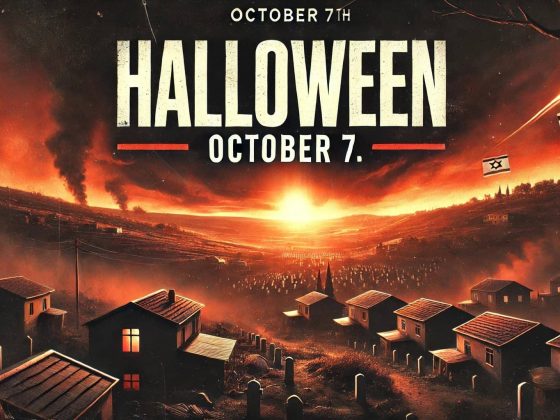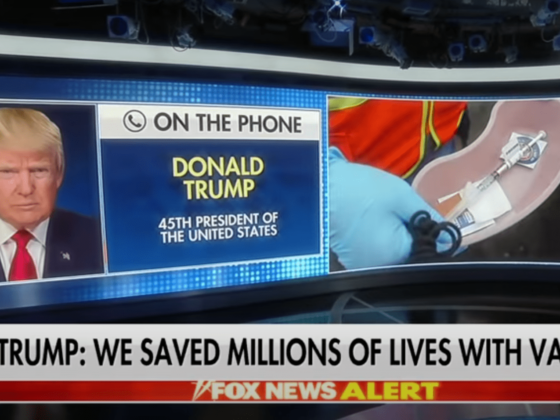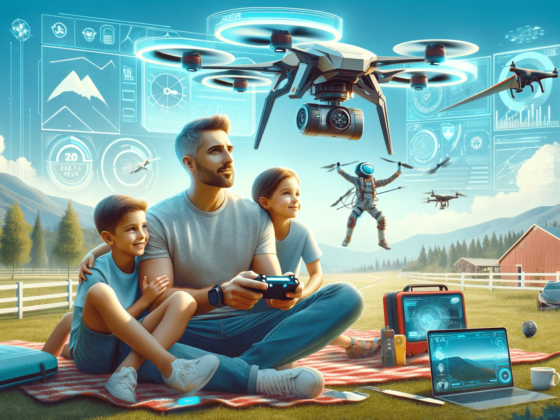In this TED talk, Anil Seth shares the idea of what is our consciousness is, how it works, and how we experience the inner and outer world. Do we really see the world around us, or it’s a constant prediction of our brain? Let’s see the bottom line of this trippy lecture.
The lecture starts with Anil’s sharing experience of his recent brain surgery, after which he came back, and so his consciousness did. He mentioned that after waking up from anesthesia, he had a feeling of some time passed. He tried to understand how it works and where his consciousness was all this time.
The question he asks is crucial because there’s nothing without it. If we experience pain consciously, do animals have it, do they have a sense of themselves? Who knows, maybe one day even AI will get its own consciousness, but we hope that it may be rather far from our days.
Anil’s researches show him that consciousness and intelligence are very different things. “You don’t have to be smart to suffer, but you probably do have to be alive,” he says.
The story he tells in the video is about our reality being “kind of controlled hallucinations,” and soon you’ll see some proof.
Anil presents consciousness in two ways; experiences of the world around us and conscious self.
The perception of the world around us
To start this part, we found nothing better than to quote the author:
“Imagine being a brain. You’re locked inside a bony skull,
trying to figure what’s out there in the world.
There are no lights inside the skull. There’s no sound either.
All you’ve got to go on is streams of electrical impulses
which are only indirectly related to things in the world,
whatever they may be.”
This means that whatever we see or hear is nothing but a brain guessing based on the impulses it receives, the best idea of what’s happening out there.
Let’s see some experiments which will demonstrate this idea.
Number 1. Shades of gray
 Photo: YouTube
Photo: YouTube
If you look at the left picture, you should see that A and B cells have very different shades of gray. But Anil illustrates that their tone is totally the same (picture on the right). Our brain has experienced a chessboard image, where black cells alternate with white, and it uses this experience to predict the colors in this photo.
Number 2. The perception right here and right now is a kind of hallucination
 Photo: YouTube
Photo: YouTube
After demonstrating the second example, which was audio, Anil moved to another visual experiment:
“The world we experience comes as much, if not more,
from the inside out
as from the outside in.”
In this example, scientists used Google’s Deep Dream algorithm to simulate the effects of perceptual predictions. In other words, when they are too strong, as in this picture where all objects get shaped of dogs’ images, it looks a lot like a hallucination. Like when people experience under the drug’s effect or due to psychological issues.
If you think of it more profoundly, you may come across the idea that if hallucination is a kind of uncontrolled perception, then perception is also a kind of hallucination,
but a controlled one. Simply saying, we’re all hallucinating all the time. “It’s just that when we agree about our hallucinations, we call that reality,” Anil said.
The perception of ourselves. How would you react if we state that being you is also a hallucination? And yet, Anil Seth does so, and here’s how he proves it.
Number 3. How do we know if we have or don’t have our bodies?
Well, we know nothing, don’t we? Have you experienced feeling your liver or even an arm? Hmm, only when something goes wrong with it, isn’t it? In fact, a decision is also predicted by the brain if it’s a part of your body or not. And to illustrate it, Anil showed the following experiment, and you may have heard of it. And if not, it’s easy to try at home. All you need is a rubber hand and some paintbrushes.
If you put your hands on a table and hide one from the view, then put in its place an artificial one and the person in front of you stroke both hands with a paintbrush. And in a while, you perceive a fake hand as your own, and the proof is in the video.
So the conclusion Anil makes is the visual part is enough for the brain to perceive it as a part of the body. In other words, the decision if it’s our body or not is a controlled hallucination by the brain.
After explaining these experiments, Anil suggests three implications:
- As we can misperceive the world, we can misperceive ourselves. This idea should help psychiatrists and neurologists to treat the diseases, not the symptoms.
- We are conscious because we are living bodies. So “we can’t reduce it or upload to a software program running on a robot.”
- The way of being conscious is one of the possible ways. Our consciousness is one of many possible ways.
Perceiving it this way gives us a greater understanding that “we are a part of nature, not apart from it.”
Do you like this type of content? Comment if you want to see more of it.








